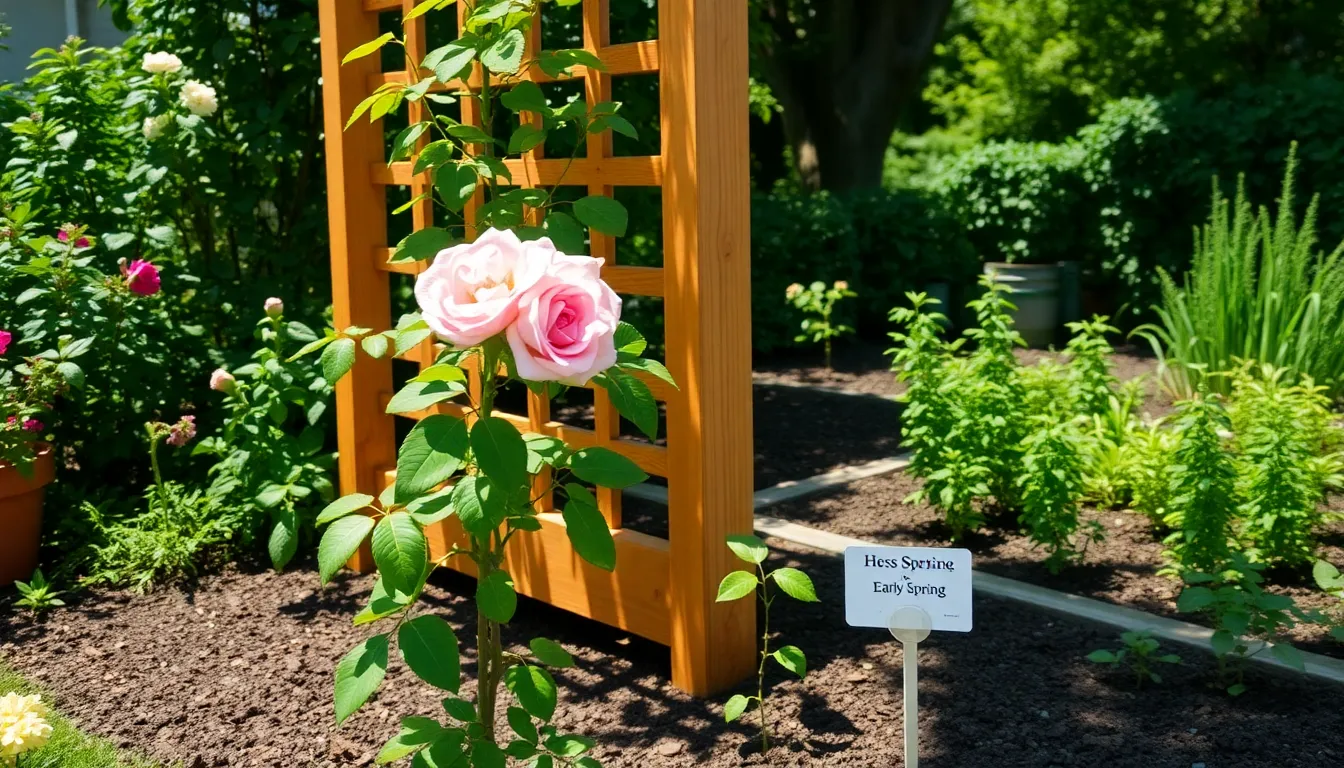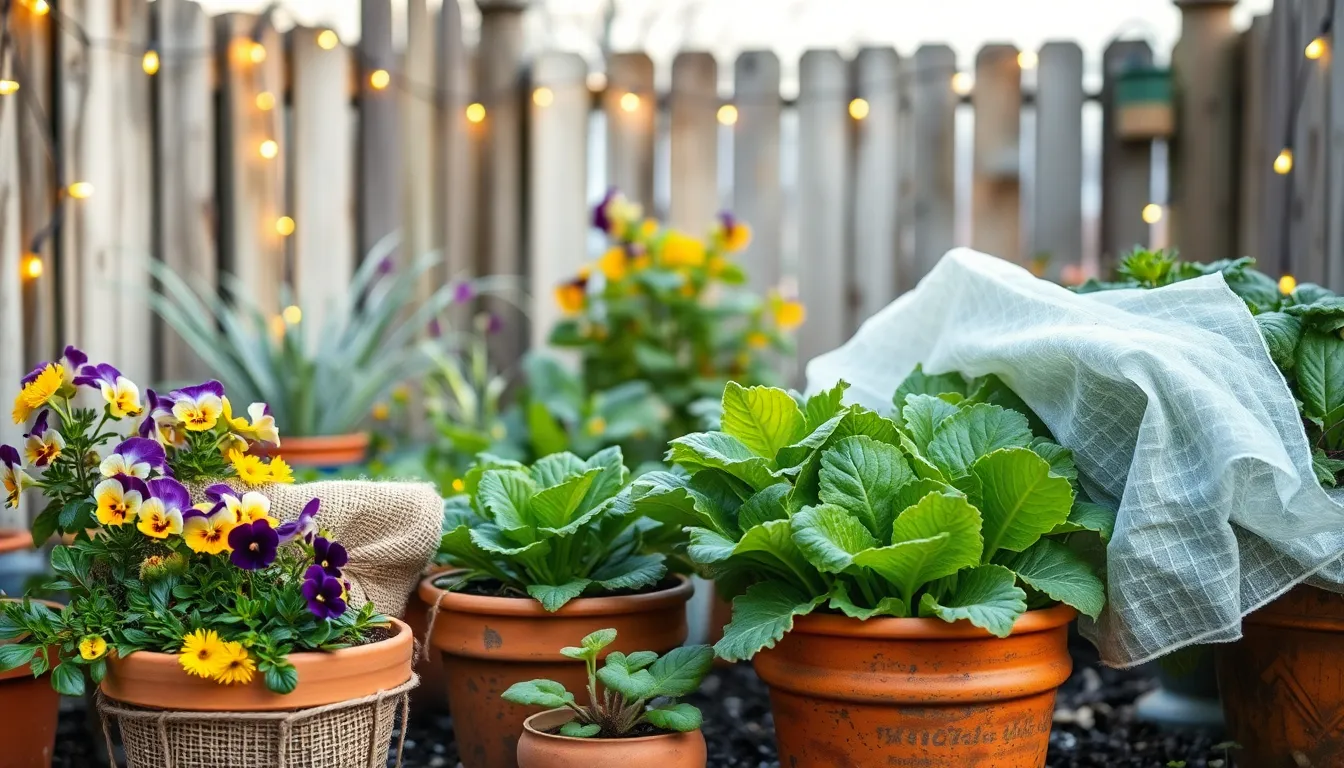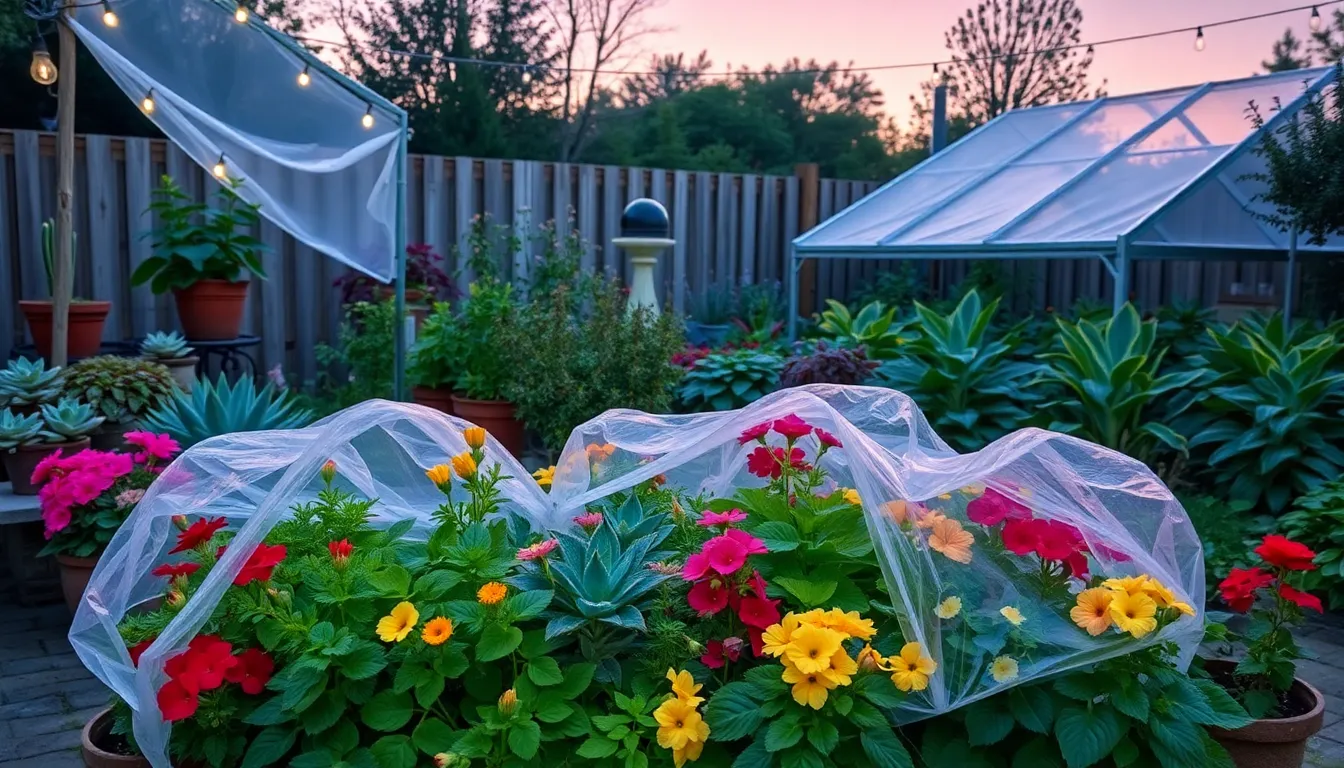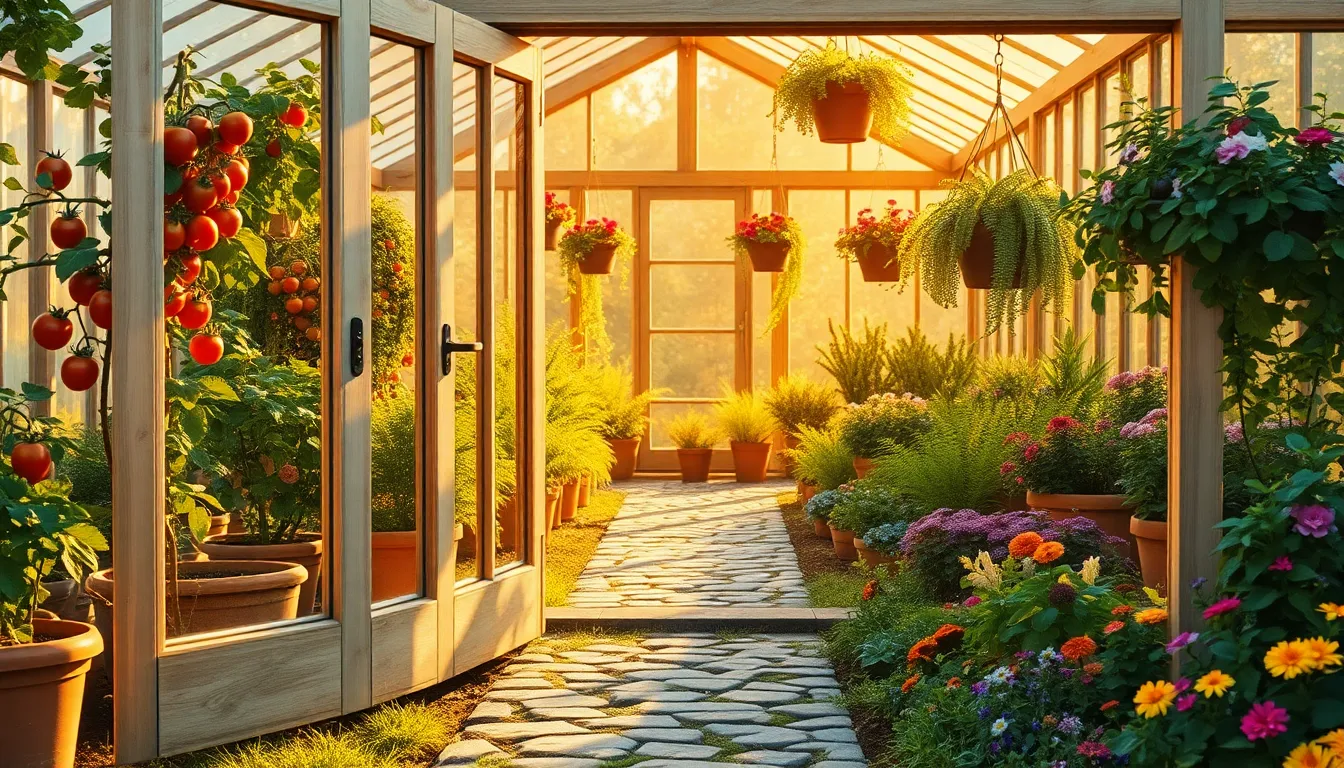Imagine transforming your garden into a vibrant, vertical wonderland where plants don’t just grow; they reach for the sky, turning every inch of space into a lush tapestry of greenery. Whether you’re a beginner laying the foundation for your first garden, or an experienced hand seeking to add a new dimension to your beloved backyard, a trellis can be the key to unlocking hidden potential in your planting space.
Understanding the optimal time to install a garden trellis is crucial for maximizing the health and beauty of your plants. In this article, you’ll discover how timing can influence plant growth and support, ensuring your climbing vines and flowers have the best possible start. We’ll explore the seasons and conditions that favor trellis installation, empowering you to make informed decisions tailored to your garden’s unique needs.
From selecting the right materials and design to mastering the art of timing, you’ll be equipped with the knowledge to enhance your garden’s structure and aesthetics. This guide promises to demystify the process, offering insights that cater to both the novice gardener’s curiosity and the seasoned expert’s precision. Embrace the opportunity to elevate your gardening practice, and prepare to watch your garden flourish like never before.
Ideal Seasons for Trellis Setup

Installing a garden trellis can be done at various times of the year, but the ideal season is typically early spring. This timing allows you to set up the structure before the plants begin their active growth, ensuring they have support from the start.
Spring is favorable because the soil is usually moist, making it easier to dig and secure the trellis posts. Additionally, cooler temperatures can prevent stress on young plants as they acclimate to their new growing conditions.
In regions with mild winters, fall can also be a suitable time to install a trellis, especially if you plan to grow overwintering crops. This gives you the opportunity to prepare the garden for early-season planting, allowing roots to establish before the colder months.
For those with established gardens, consider installing trellises in late winter when most plants are dormant. This reduces the risk of damaging existing plants and allows you to carefully plan the layout for the upcoming growing season.
When setting up your trellis, ensure the soil is well-draining and enriched with organic matter to support healthy plant growth. Regular watering is crucial during the initial weeks after installation to help plants adjust and thrive.
For advanced gardeners, consider the specific needs of your plants, such as sun exposure and spacing, to maximize the effectiveness of your trellis setup. Implementing these strategies will not only support plant health but also enhance your garden’s overall productivity.
Evaluating Plant Growth Needs
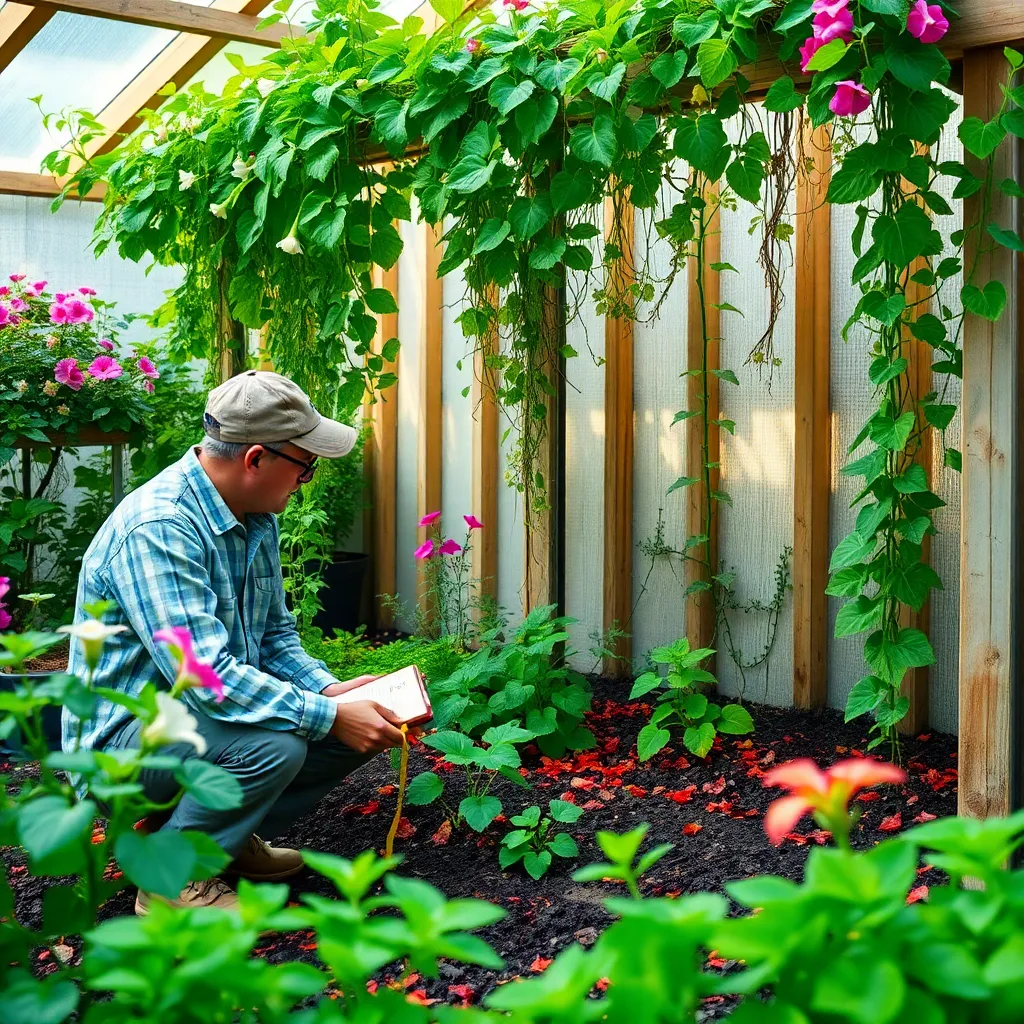
Understanding the specific growth needs of your plants is crucial before installing a trellis. Begin by assessing the natural growth habit of each plant, as this will inform whether a trellis is necessary or beneficial.
For climbing plants, such as peas and beans, a trellis provides essential support and maximizes vertical growth. Ensure the trellis is sturdy enough to support the weight of mature plants and withstand weather conditions.
Consider the soil type and moisture levels that your plants prefer, as these factors directly impact their growth. For instance, well-draining soil is vital for many climbing plants to prevent root rot, so consider incorporating organic matter like compost to improve soil structure.
Take into account sunlight requirements, as most climbing plants thrive in full sun. If your garden area is partially shaded, select plants that can tolerate or thrive in lower light conditions.
It’s also important to consider the plant’s nutrient needs, especially if they are heavy feeders. Use a balanced fertilizer to ensure your plants receive adequate nutrition throughout the growing season, adjusting the frequency based on plant type and growth stage.
Experienced gardeners might experiment with intercropping techniques, pairing trellised plants with ground-level crops to optimize space and resources. This advanced technique not only increases yield but also promotes a healthy garden ecosystem.
Timing for Maximum Plant Support
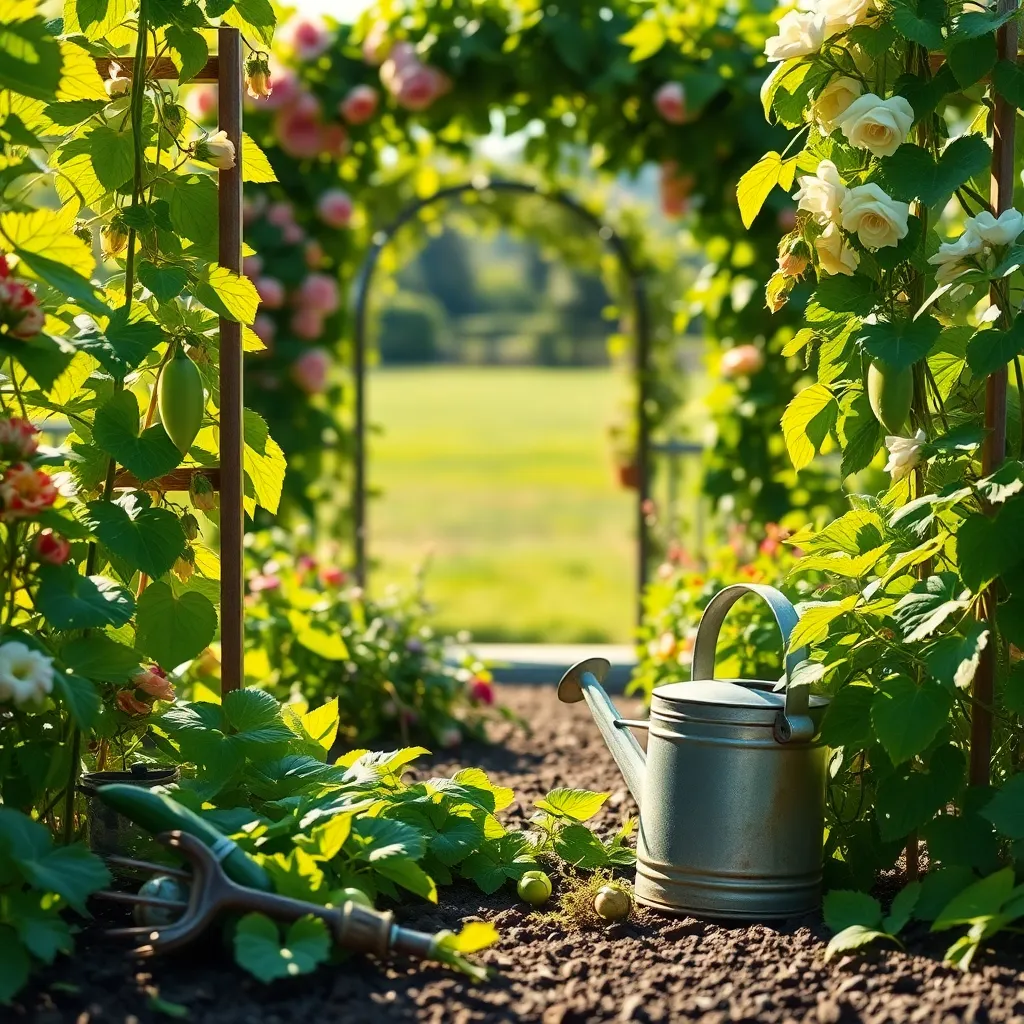
Timing your trellis installation is crucial for providing maximum support to your climbing plants. Ideally, you should install a trellis before or at the time of planting, ensuring that young plants can immediately start climbing.
Early installation prevents root disturbance, which can occur if you try to add support structures later. This approach allows the plant to naturally train itself onto the trellis as it grows, reducing the need for manual adjustments.
For annual vines like peas and beans, set up your trellis as soon as the soil can be worked in the spring. This ensures that the plants have a sturdy structure to cling to as they rapidly develop during the growing season.
Perennial climbers, such as clematis or climbing roses, benefit from having a trellis ready during their dormant season. Installing a trellis during this time minimizes stress on the plant and allows for easy training of new growth in the spring.
Ensure your trellis is placed in an area that meets the light and soil requirements of your plants. Most climbing plants thrive in well-draining soil with adequate sunlight, so position your trellis accordingly for optimal growth.
Advanced gardeners often use techniques such as espalier to train plants against trellises. This method involves carefully pruning and tying branches to create a flat, decorative appearance, enhancing both productivity and aesthetic appeal.
Weather Considerations for Installation
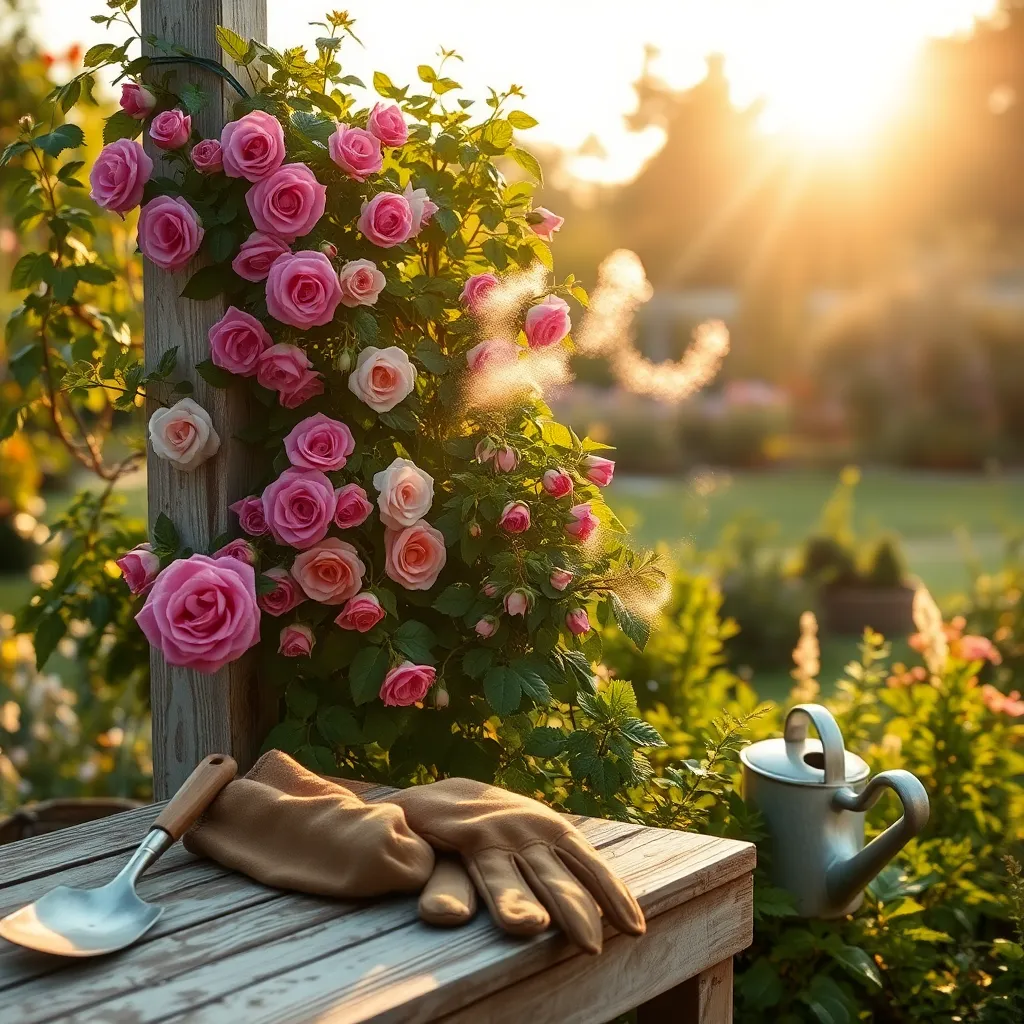
When installing a garden trellis, it’s crucial to consider the weather conditions to ensure the longevity of your structure. Ideally, install the trellis during a dry spell to avoid complications from wet soil, which can make it challenging to secure the trellis firmly.
Starting with a firm foundation is key, as soggy ground can lead to an unstable setup. Aim for a time when the soil is workable and not frozen, as this will make it easier to dig and set the posts correctly.
If you’re in a region with heavy rainfall, it’s wise to check the forecast and plan your installation for a few dry days in a row. This not only helps in setting the trellis securely but also reduces the risk of damage to young plants due to excessive water.
For those in areas with high winds, consider installing the trellis during calmer weather to prevent immediate stress on the structure. Additionally, use robust materials and secure the trellis deeply to withstand potential gusts.
Temperature fluctuations can also impact installation. Avoid installing the trellis when temperatures are extremely high, as heat can cause expansion of materials, leading to a less stable structure.
Adapting to Seasonal Changes
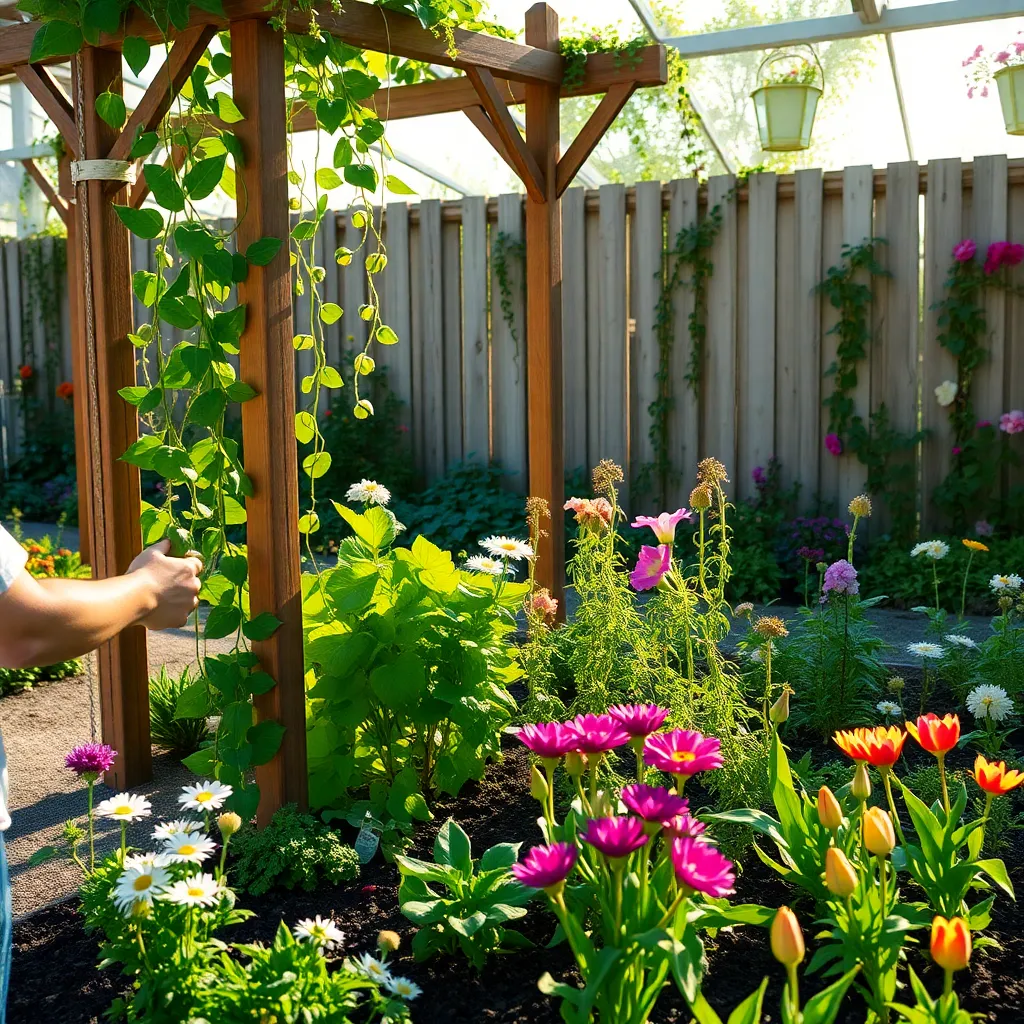
Adapting to seasonal changes is a crucial aspect of maintaining a thriving garden. As the seasons shift, so do the needs of your plants and the demands on your garden trellis system.
During spring, when most plants begin their growth spurt, ensure your trellis is sturdy enough to support rapid climbing. Inspect the trellis for any winter damage and make necessary repairs or reinforcements to accommodate the new growth.
In summer, the intense sun and heat can affect the health of both plants and trellises. Consider using a shading net over your trellis to protect delicate plants from scorching sun, ensuring they receive adequate moisture by adjusting your watering schedule to prevent dehydration.
Autumn is a good time for pruning and preparing your garden for winter. Trim back any dead or excess growth to reduce stress on the trellis structure, and consider planting autumn climbers like clematis that can thrive in cooler temperatures.
Winter months provide an opportunity to focus on maintenance and planning. While most plants are dormant, clean and treat your trellis with a protective coating to prevent rot or rust, ensuring it’s ready for the next growing season.
For advanced gardeners, incorporating seasonal fertilization can optimize plant growth. Use a balanced, slow-release fertilizer in spring, and switch to potassium-rich options as the growing season progresses to enhance root development and resilience.
Conclusion: Growing Success with These Plants
In nurturing the garden of relationships, timing and understanding serve as the trellis upon which love and connection can thrive. This article has explored five key concepts: recognizing the right moment to support growth, the importance of clear communication, setting healthy boundaries, nurturing personal space, and fostering mutual respect. Just as a garden trellis provides structure, these principles help relationships blossom into their full potential.
Take the next step today by choosing one concept to focus on and implement it in your relationship. Perhaps it’s having an open dialogue with your partner or setting a boundary that honors both your needs. Small, intentional actions can lead to profound growth.
We encourage you to bookmark this article as a resource for your journey in cultivating a thriving relationship. By returning to these concepts, you keep the tools handy to navigate challenges and celebrate successes.
Remember, relationship success is a continuous journey, not a destination. By committing to understanding and action, you and your partner can build a strong, supportive framework that will allow your love to flourish. Save this guide and revisit it often to nurture the garden of your relationship and ensure its enduring growth.

